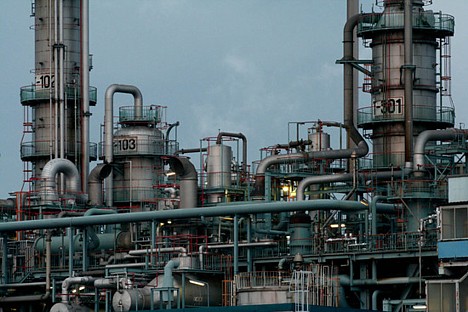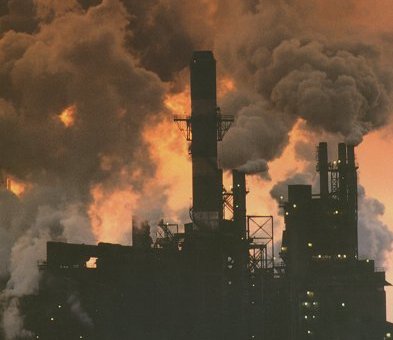 By now, most people know that the stimulus package was crammed with goodies for the environment. There were new tax incentives for renewable energy projects, increased spending for public transportation and funds for making the electric grid more energy efficient.
By now, most people know that the stimulus package was crammed with goodies for the environment. There were new tax incentives for renewable energy projects, increased spending for public transportation and funds for making the electric grid more energy efficient.
Now that the stimulus package has been passed and the money is making its way into the economy, it's time to turn our attention to the next source of environmental funding, the $410 billion Omnibus spending bill.
The Omnibus is a catch-all funding bill that provides funding necessary for 12 cabinet departments and lower federal agencies to operate. Congress was supposed to approve the Omnibus late last year, but punted the difficult vote to this year.
Here is a list of environmentally-related funding provisions in the Omnibus from the House Committee on Appropriations...
- Environmental Protection Agency: $7.6 billion - Includes $224 million in grants for states to implement the Clean Air Act, $60 million in grants to reduce emissions from diesel engines, $50 million for the Energy Star program, $10 million in grants for communities to tackle climate change.
- Department of Energy: $27 billion - $175 million for renewable energy pilot programs, $273 million for improved vehicle battery and clean fuel engine technology, $200 million in grants for weatherization, $18.5 billion for innovative technology grants and $4.8 billion for the DOE's Office of Science.
- Climate Change: $232 million - This funding goes to addressing climate change while $2 billion was set-aside to study it. For 36 billion gallons of renewable fuels generated by the U.S., $10 million. For carbon capture and sequestration projects, $3 million. For a greenhouse gas registry, $6.5 million. Finally, $14.7 million for the Global Climate Change Mitigation Fund to encourage businesses to make green changes to their operations.
- Hazardous Waste and Toxic Sites: $815 million - $605 million for 1,500 Superfund clean-up sites nation-wide. $112 million to investigate and clean-up underground toxic spills. $27 million to clean-up Brownfields' former industrial and commercial sites.




























